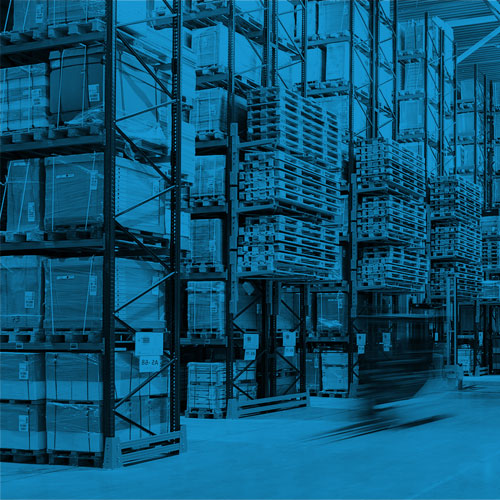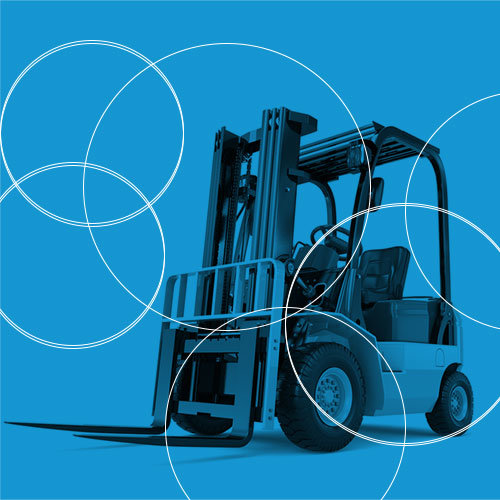Published on September 24, 2020 – Matthias Hollenders, Global Lead Internet of Things & Industry 4.0 at Westernacher
In recent years, the key trends for the supply chain have been digitization and globalization. But the demands on supply chains are growing—and this brings a whole host of new challenges. A modern supply chain today must be sustainable, connected, individual and intelligent. But the developments continue. What are the current trends that make your supply chain fit for the future?
On the one hand, customers are becoming more and more demanding—on the other, you want profitability to increase. Therefore, the integration of Internet of Things (IoT) is now a “must” for modern and efficient supply chains. IoT offers comprehensive advantages, reports, for example, are always available in real time—warnings, updates, overviews, all information is available at the push of a button. However, supply chain monitoring is only one of the many areas that you can optimize with IoT.
Today, transparency of the entire supply chain is a critical factor. It facilitates the implementation of quick measures in case of deviations or helps to identify potential risks. Oftentimes, there is no insight into the operation of external fleets. With the help of IoT sensors, large amounts of data can be collected. Their analysis enables long-term process optimization. By using IoT, you can locate your fleets at any time and monitor the transport conditions of your goods. In this way, you can prevent possible damage to your goods in good time.
IoT and the connected scenarios can do so much more and can be used in almost any area. Detailed information, demos, webinars and white papers about IoT and its advantages can be found on our website.
Rapid response to disruptions.
Another important point is the Prescriptive Transportation.
Companies want to comprehensively monitor their transport processes and track where the vehicles and thus the goods are currently located. The use of Prescriptive Transportation allows for proactive action and early reaction in transportation and production planning. Not only will you be informed of any difficulties that may arise, but you will also be able to react in advance to prevent problems from occurring.
Based on Big Data and numerous global data sources, the ETA (estimated time of arrival) is calculated. This enables you to see if the truck will arrive on time or be delayed.
With the solution of our partner Synfioo, you can react early to route changes or delays—the system visualizes disruptions along the supply chain and precisely calculates the arrival time based on the continuous tracking of the fleets.
Cost savings through connectivity.
Cost savings are also always a crucial issue. How can costs be minimized sensibly and efficiently? The SAP Logistics Business Network can help you do just that—it is an open, secure, multimodal network that connects business partners across company boundaries in terms of logistics tasks and data. Working closely with relevant business processes, it enables companies to manage logistics transactions jointly and gain insight into the entire supply chain.
The advantage of this platform is that connected companies can easily exchange logistics data with business partners, saving time and costs. Besides, the company operates an extensive partner network. Direct integration with suppliers and carriers is avoided, thus reducing effort and costs.
To sum up, we believe that you should consider the following trends in your supply chain to remain future-proof:
- Connected scenarios
- Transparency
- Prescriptive Transportation
- SAP Logistics Business Network
Have you already integrated these trends into your supply chain? Or are you planning the integration? With our long experience and comprehensive expertise, we would be happy to support you in planning and implementation. Make your supply chain fit for the future.
Share this article





